#98 in Vietnam
Bánh Kẹp Lá Dứa: Basic Information
Pronunciation
Alternative Name(s)
Dish Type
Course
Mealtime
Popular Variations
Bánh Kẹp Lá Dứa: Ingredients and Preparation
Main Ingredients
Main Cooking Method
Preparation Process
Bánh Kẹp Lá Dứa: A Deep Dive
Cultural Significance
Taste
Texture
Aroma
Color
Serving Style
Serving Temperature
Accompaniment
Occasions
Seasons
Special Diets
Calories
Popularity
Popular Similar Dishes
- Egg Waffle
- Potato Waffle
- Moffle
- Krumkake
- Pizzelle
Popular Dining Area
Bánh kẹp lá dứa is a Vietnamese-style waffle (called bánh kẹp) made from the batter of all-purpose flour, tapioca flour, eggs, coconut milk, pandan leaves (called lá dứa), and sugar.
It is baked in a traditional, special waffle maker, where the better is cooked between two shallow plates to create a specific shape, form, and size.
The overall shape of bánh kẹp lá dứa is round, but it has many square honeycomb-like patterns on the surface.
That’s why it is called “bánh tàn ong” or “bánh tổ ong” in Vietnamese, where “tổ ong” refers to honeycomb.
When mentioning “bánh kẹp” or “bánh tàn/tổ ong”, many Vietnamese think that those are made from a black, cast iron mold and cooked over fire.
Unlike the pandan-infused recipe like this bánh kẹp lá dứa, these classic versions don’t contain pandan, resulting in their typically golden color.
Plus, there’s a distinct difference in thickness between these Vietnamese-style waffles to other Western counterparts.
The Vietnamese version is very thin and crispy, while other Western versions are denser and thicker which are typically made from an electric maker.
Today, many Vietnamese choose an electric maker to prepare bánh kẹp lá dứa since it is easy and convenient to use. So it can be seen as a fusion delight affected by Western cooking methods.
But in case you don’t know where to start, you should check the next section to find out step-by-step guidance for making it with your maker.
In addition, you’ll unveil the benefits and drawbacks of these Vietnamese pandan waffles and other inquiries often associated with them. I also suggest some delicacies that resemble this waffle.
Key Points
Bánh Kẹp Lá Dứa Images
How To Prepare Bánh Kẹp Lá Dứa by An Electric Maker?
Here, you’ll learn the basic steps to make these Vietnamese pandan waffles using an electric maker. There are five easy-to-follow steps as below.
Step 1: Making the Batter
Combine flour, sugar, eggs, coconut milk, and pandan extract in a bowl. Whisk together until smooth, ensuring there are no lumps.
Step 2: Preheating the Electric Maker
Preheat your electric waffle maker according to the manufacturer’s instructions, typically until a light indicates it’s ready for use.
Step 3: Pouring the Batter
Spread a thin layer of melted butter on the preheated maker plates. Pour an appropriate amount of batter onto it. Ensure the batter is evenly distributed to cover the waffle plates.
Step 4: Cooking the Waffles
Close the lid of the maker. Cook until the waffles are set. It usually takes about 3 to 5 minutes, depending on the heat of the maker.
Step 5: Removing the Waffles
Open the waffle maker carefully. Gently remove the waffles using a spatula or fork. Serve hot with your favorite toppings (e.g., fresh fruit, whipped cream, ice cream), if desired.
In the following section, you can learn more about this delight through its advantages and disadvantages.
Pros and Cons of Eating Bánh Kẹp Lá Dứa
Below are some key good and bad sides of pandan-infused waffles in Vietnam.
Pros
Cons
Coming up, it’s critical to check other frequently asked questions regarding this treat.




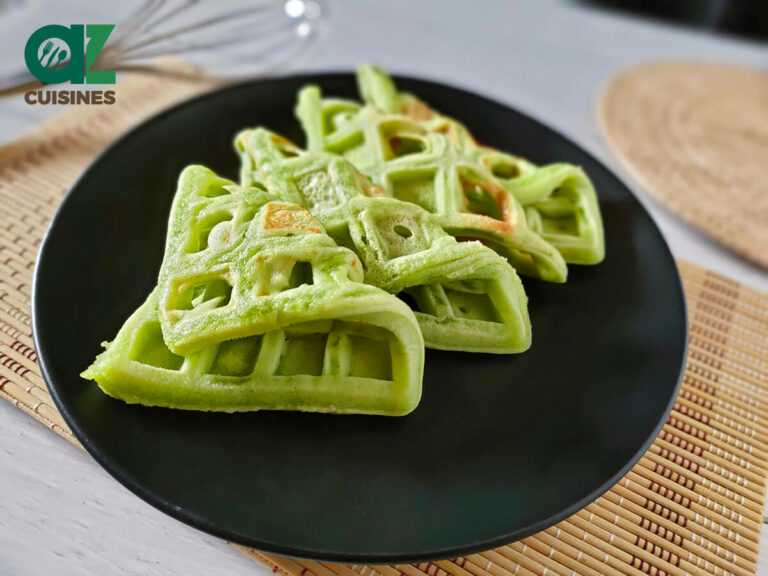
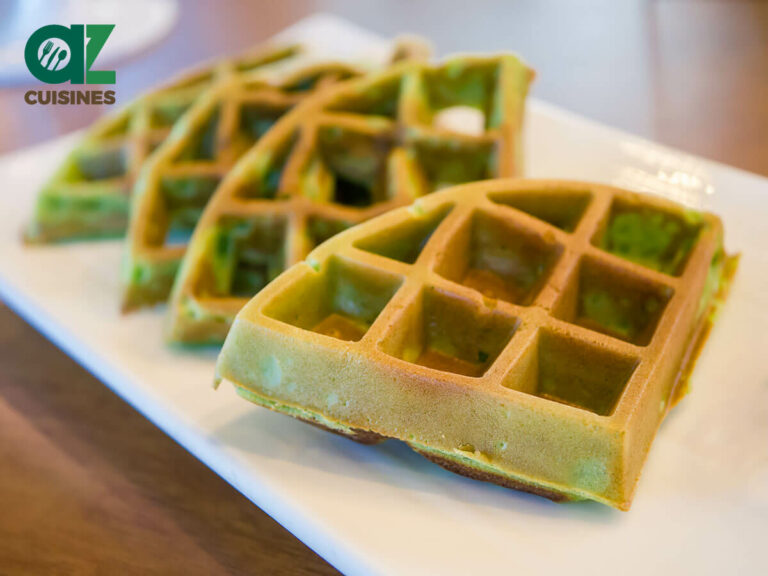

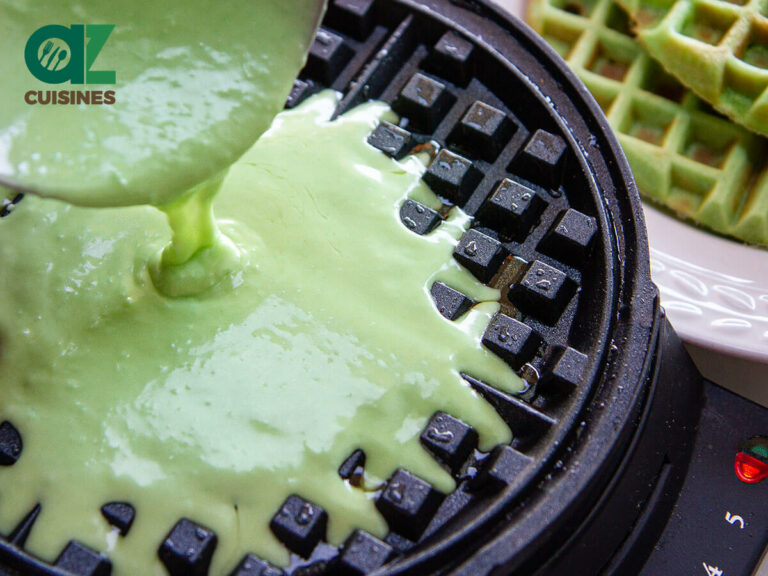
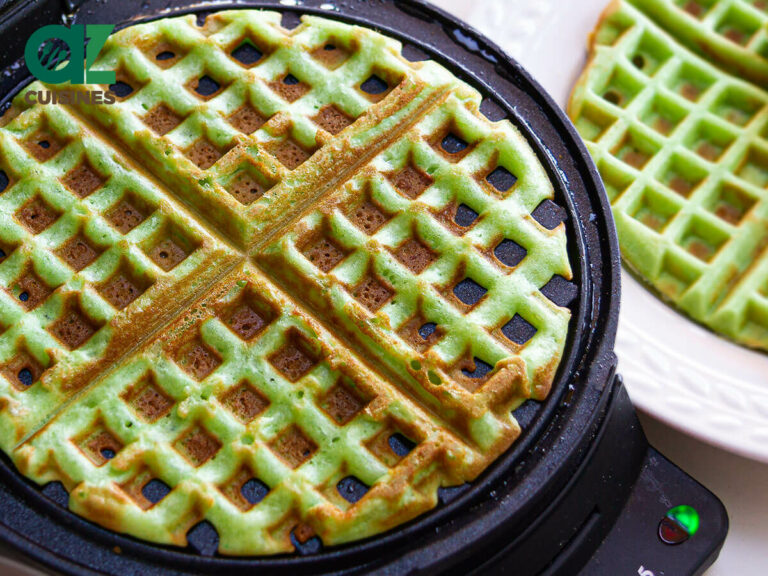
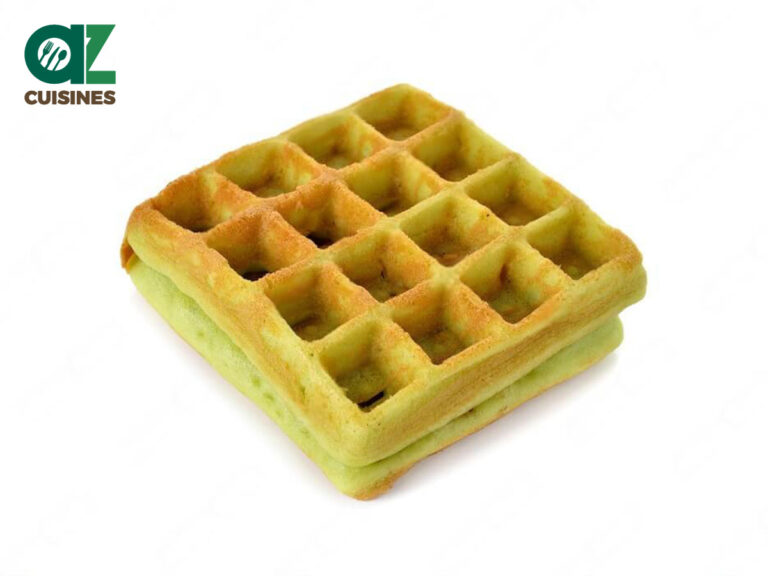

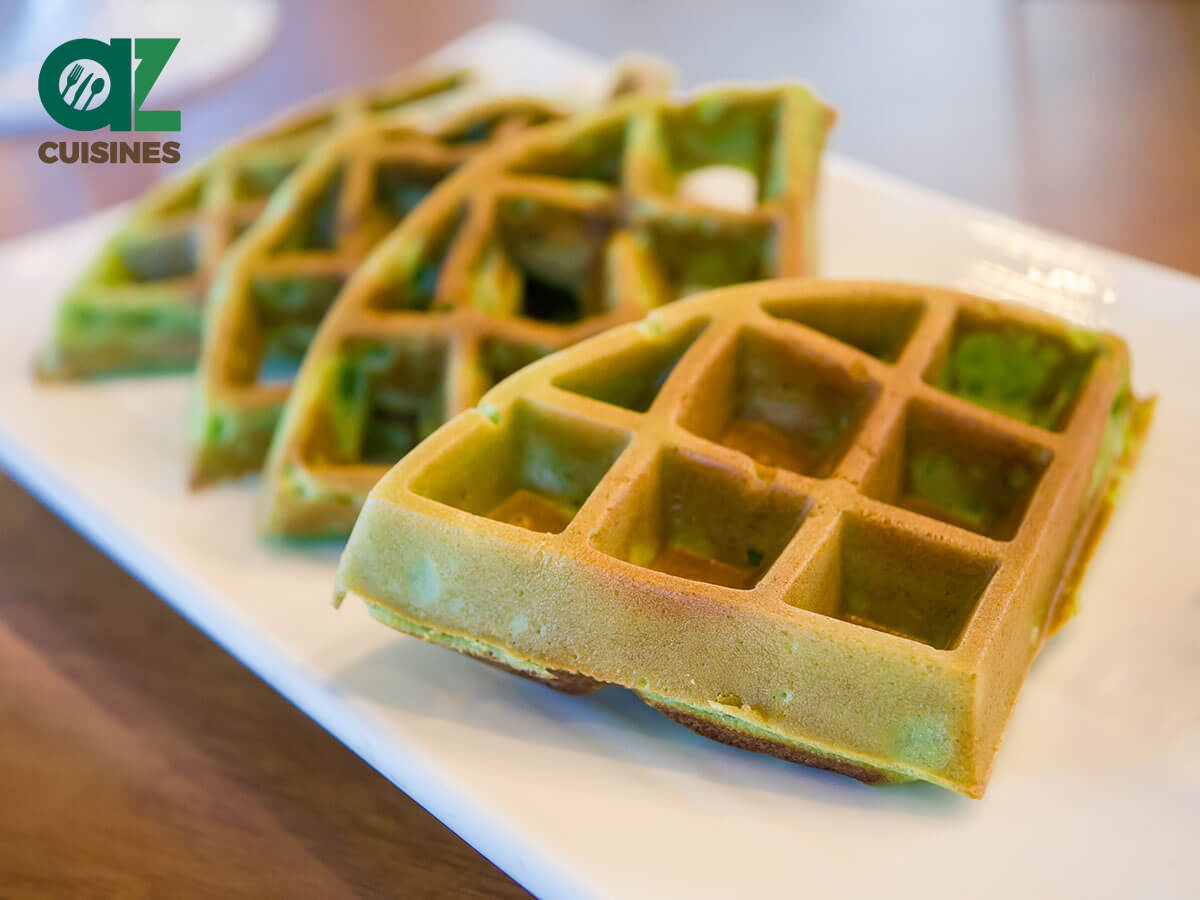
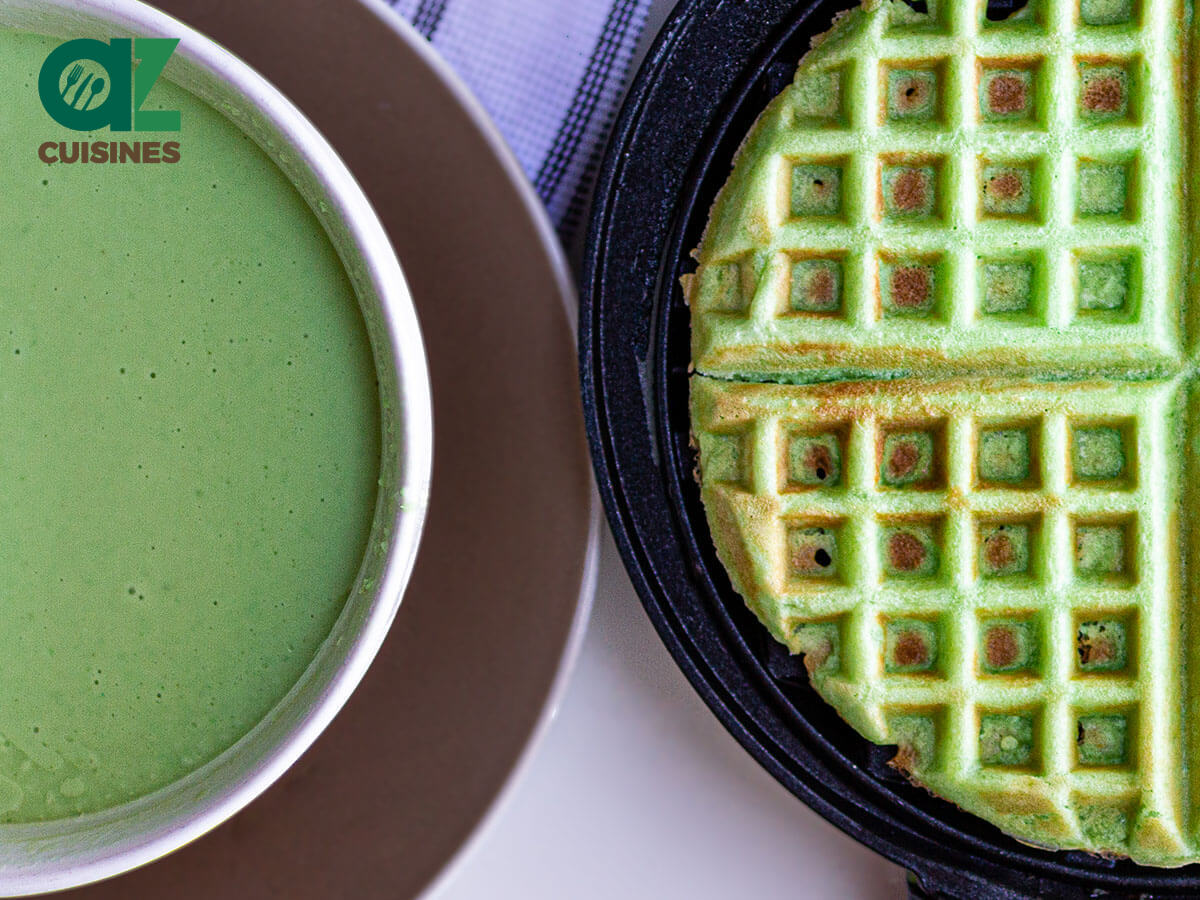

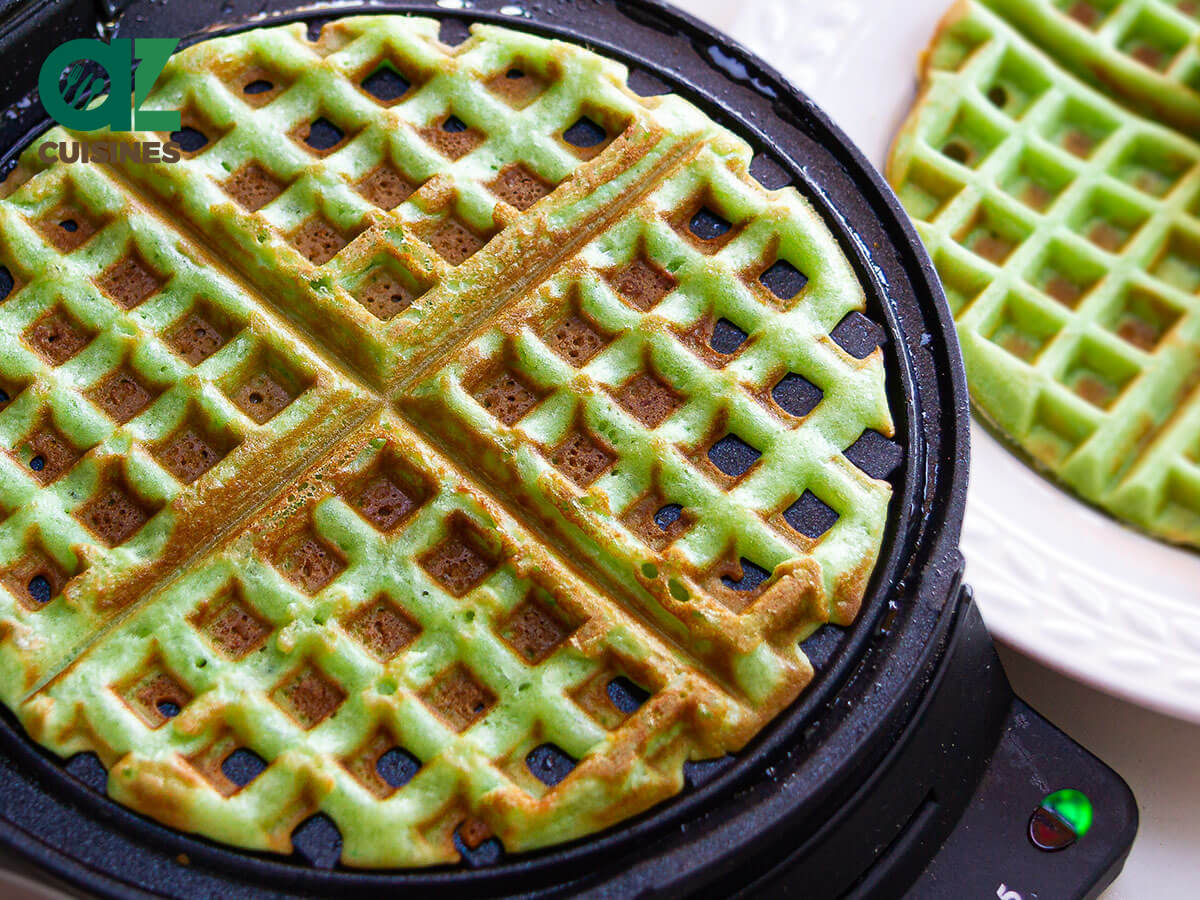
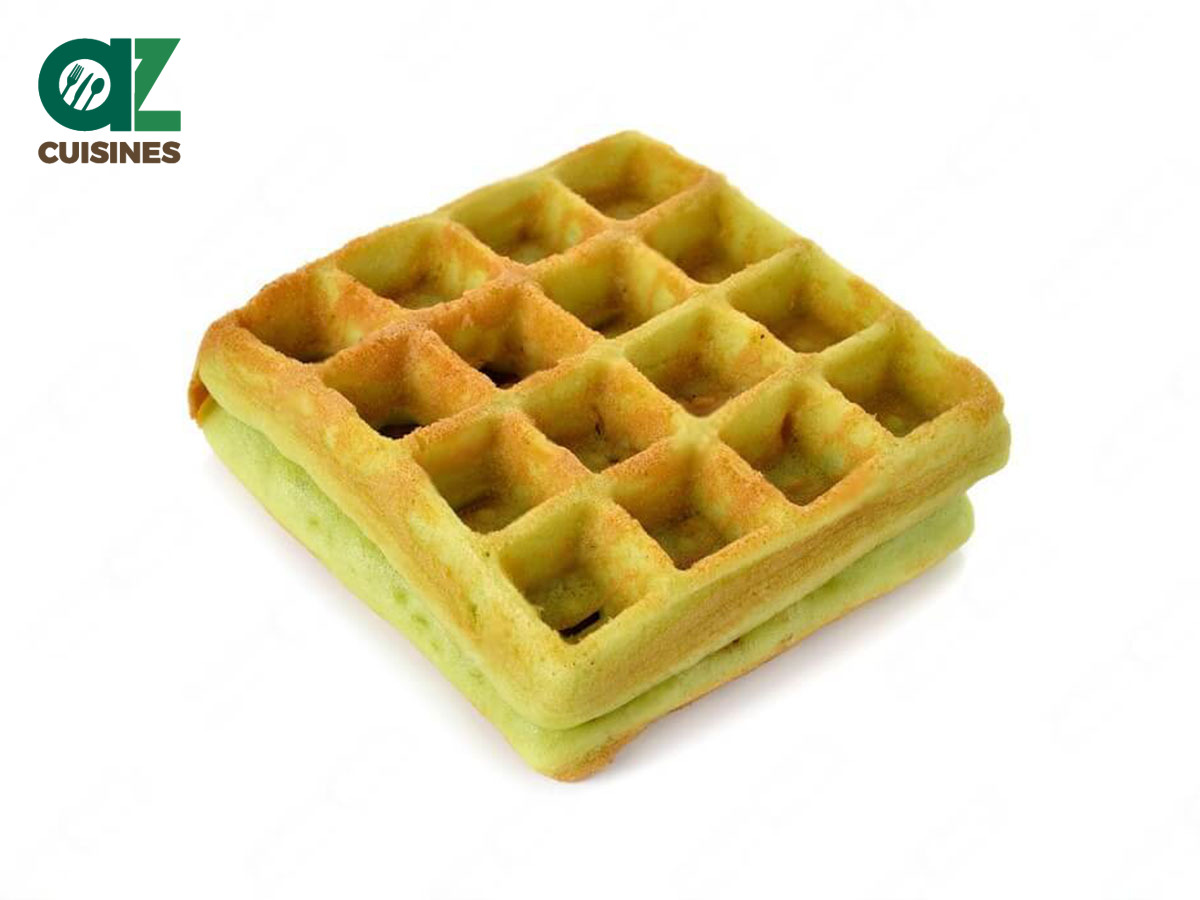
Truc Tran (Kris)
Senior Food Editor
Expertise
Home Cooking, Meal Planning, Recipe Development, Baking and Pastry, Food Editor, Cooking-video Maker, Vietnamese Food Evaluation Expert
Education
Truc Tran (Kris), an experienced food writer and editor, is great at exploring and describing global cuisines, from simple street food to fancy dining. In her writing, she skillfully mixes different flavors, cooking methods, and culinary traditions, showing the unique character of various cultures through their food and drinks. On azcuisines.com, Kris highlights her knowledge, especially in Asian cuisine and worldwide traditional dishes.